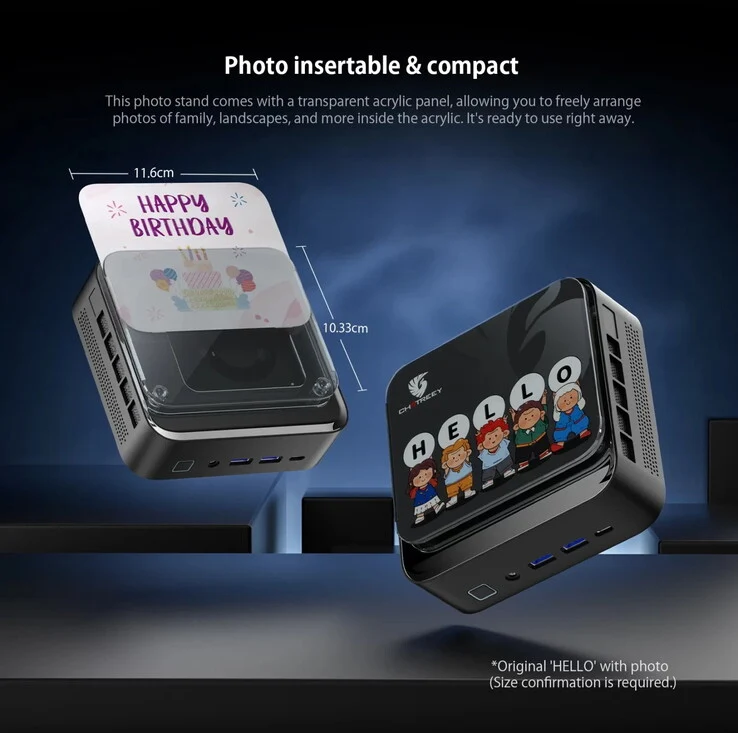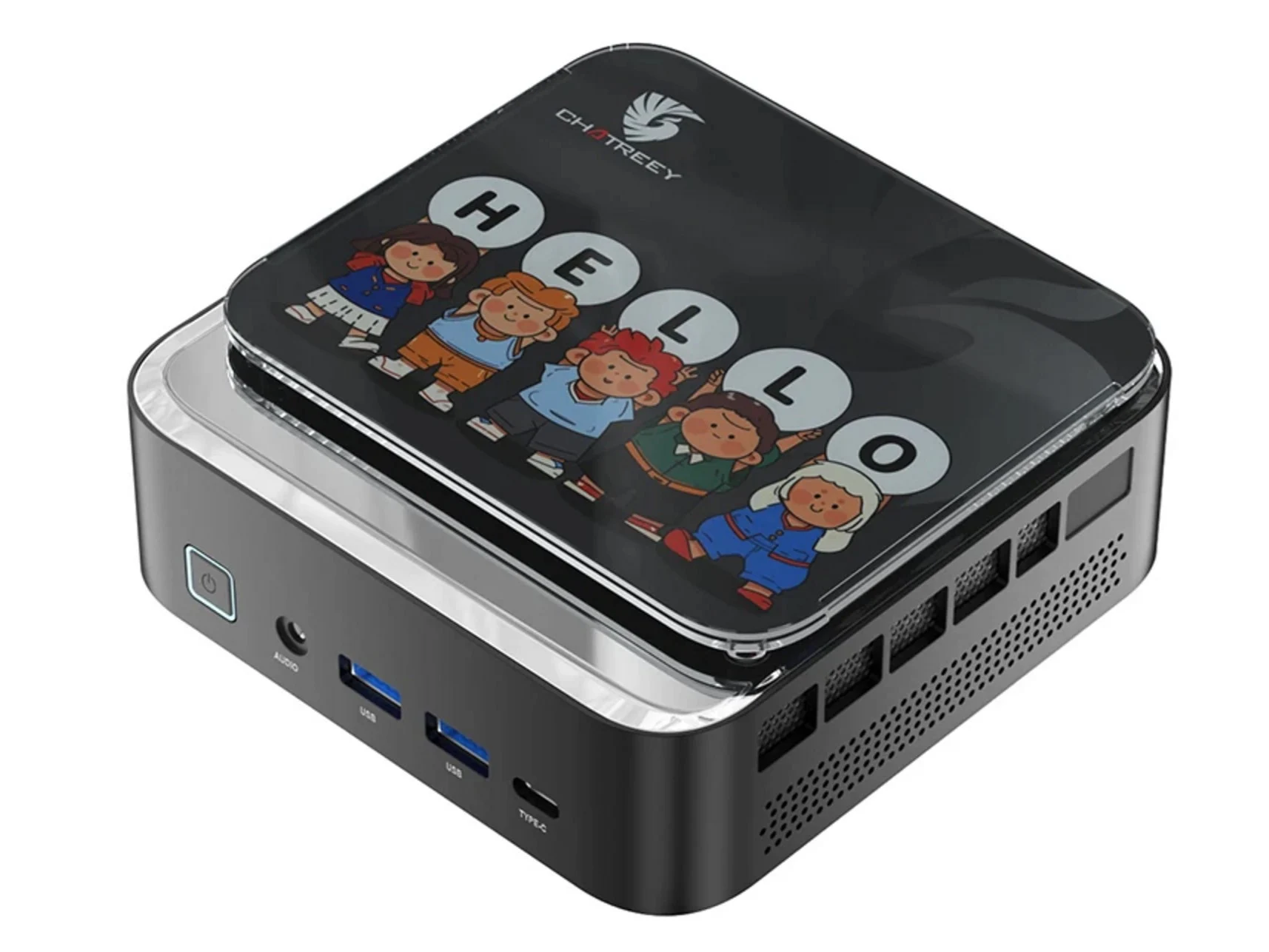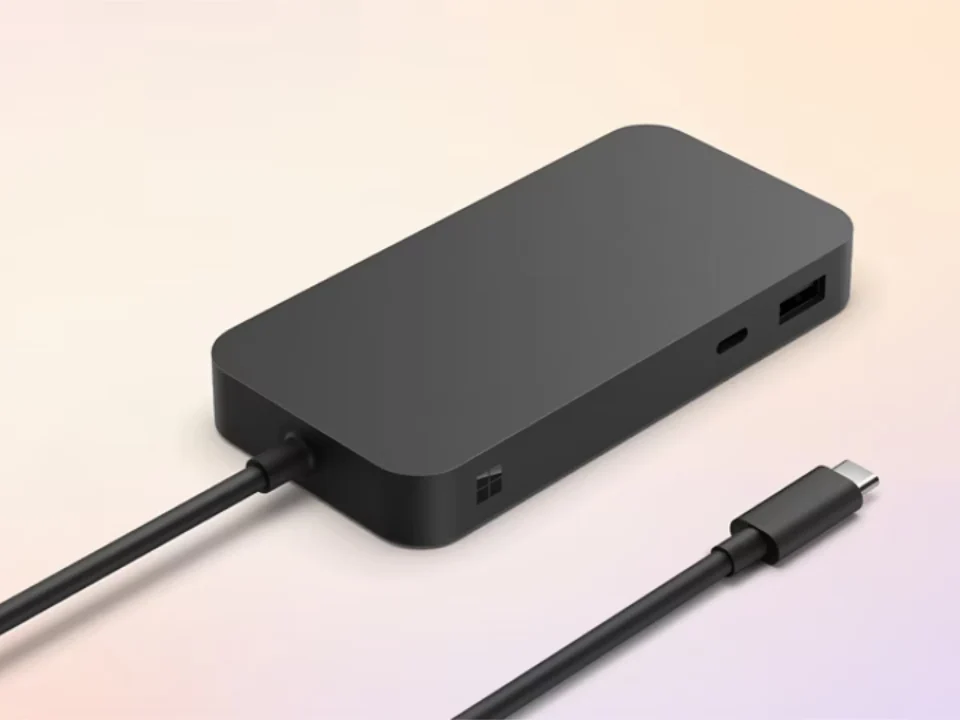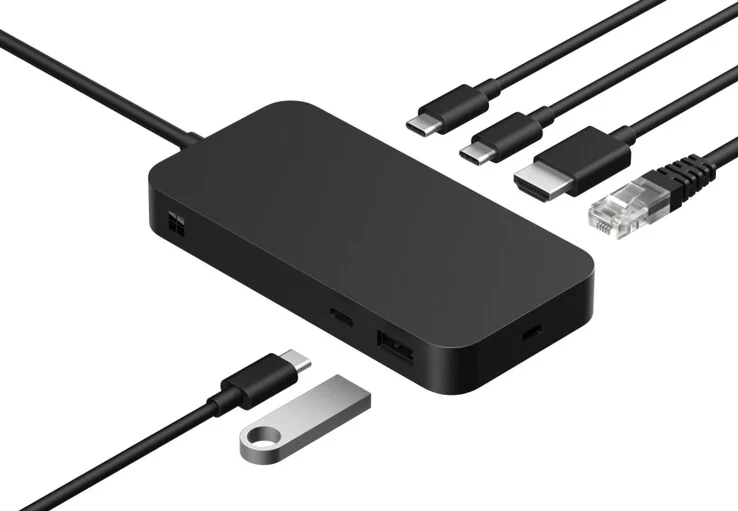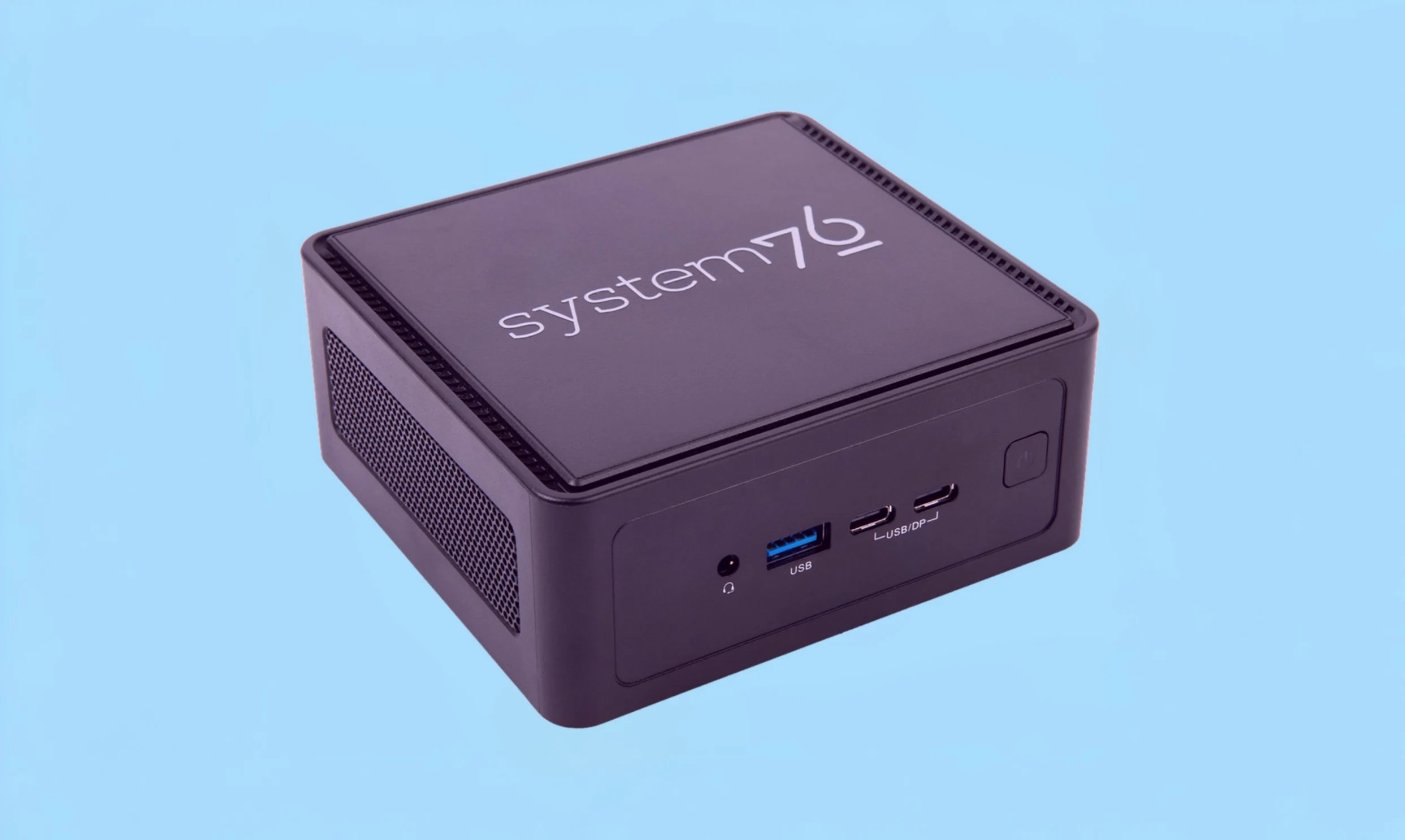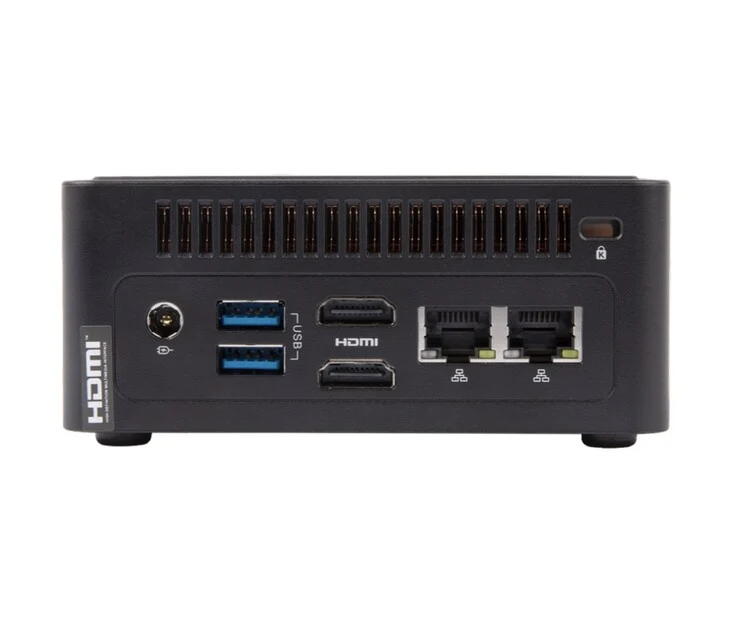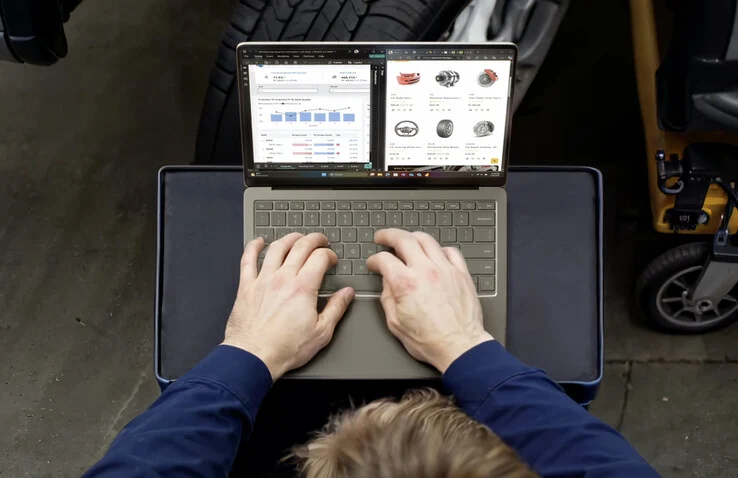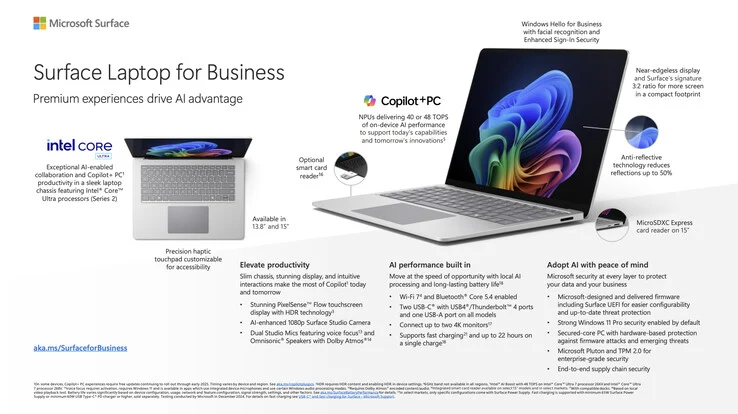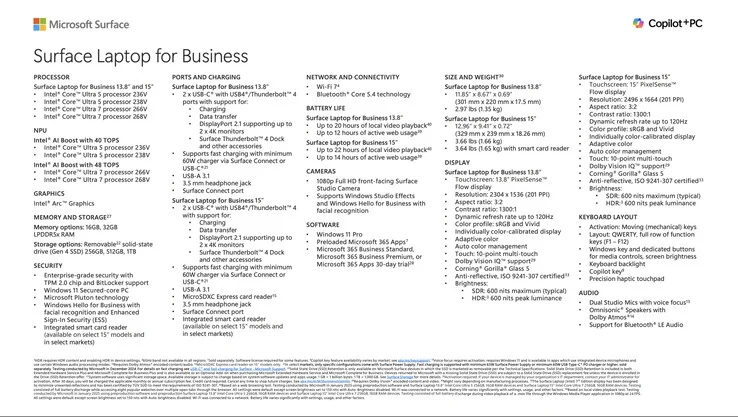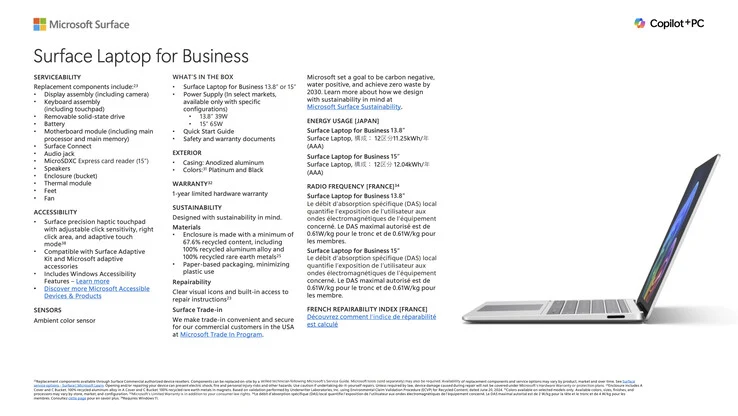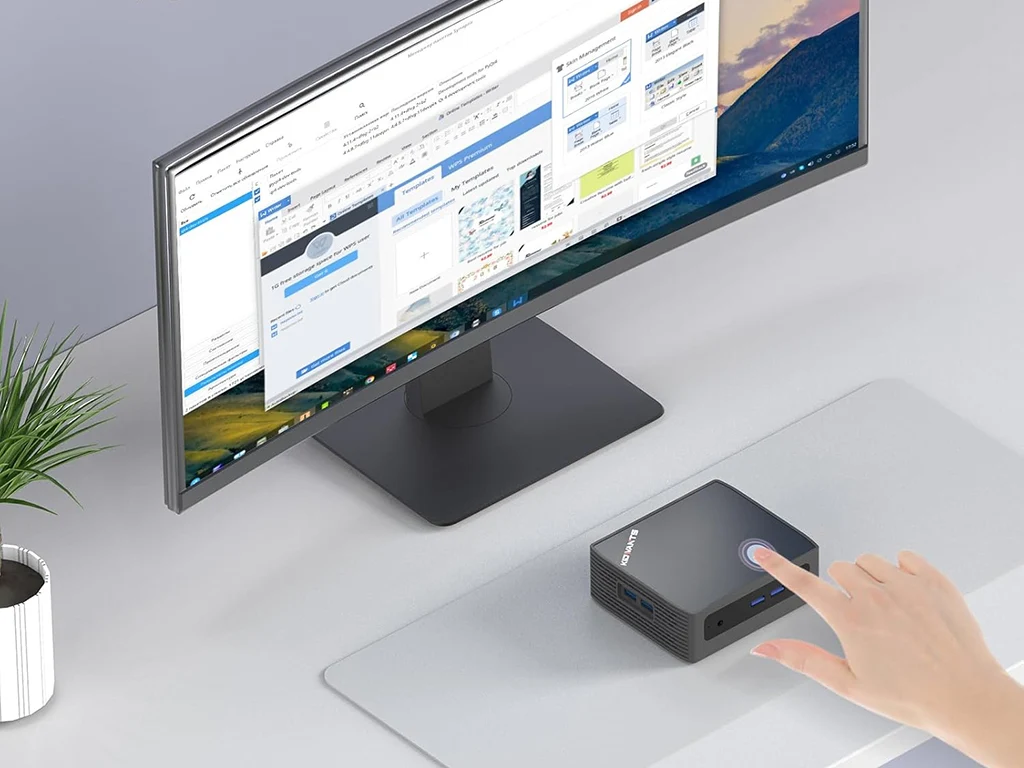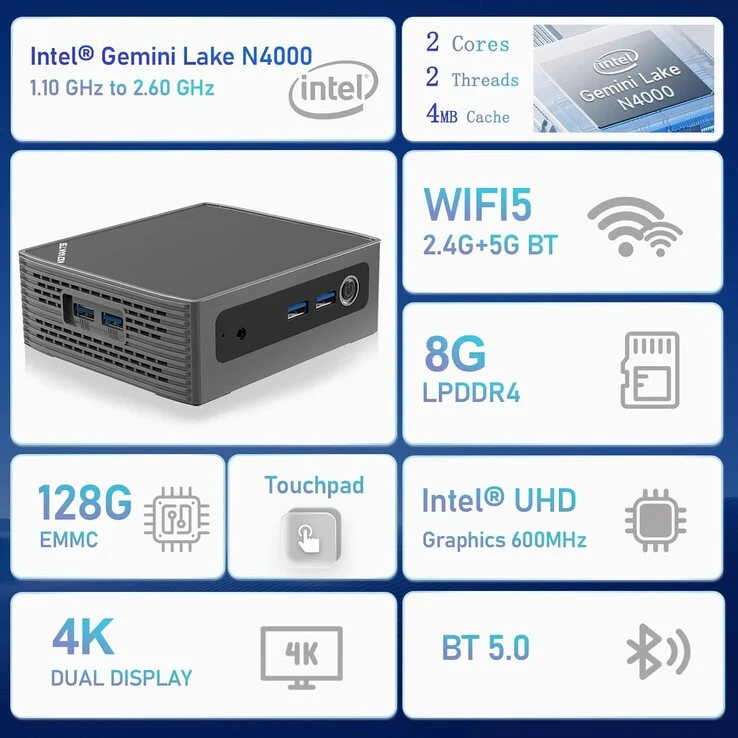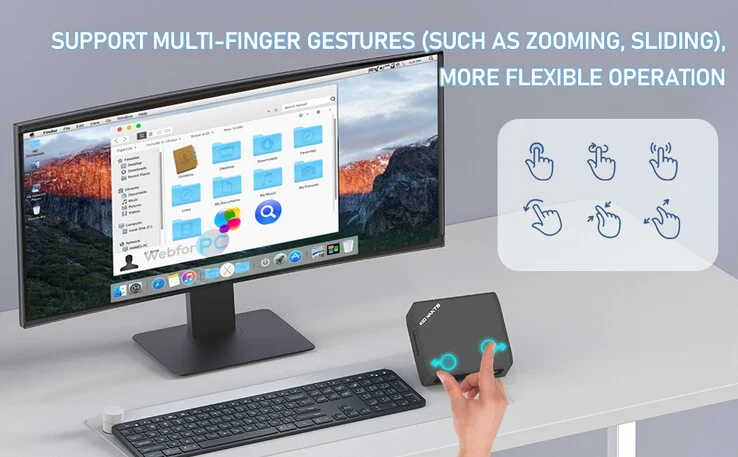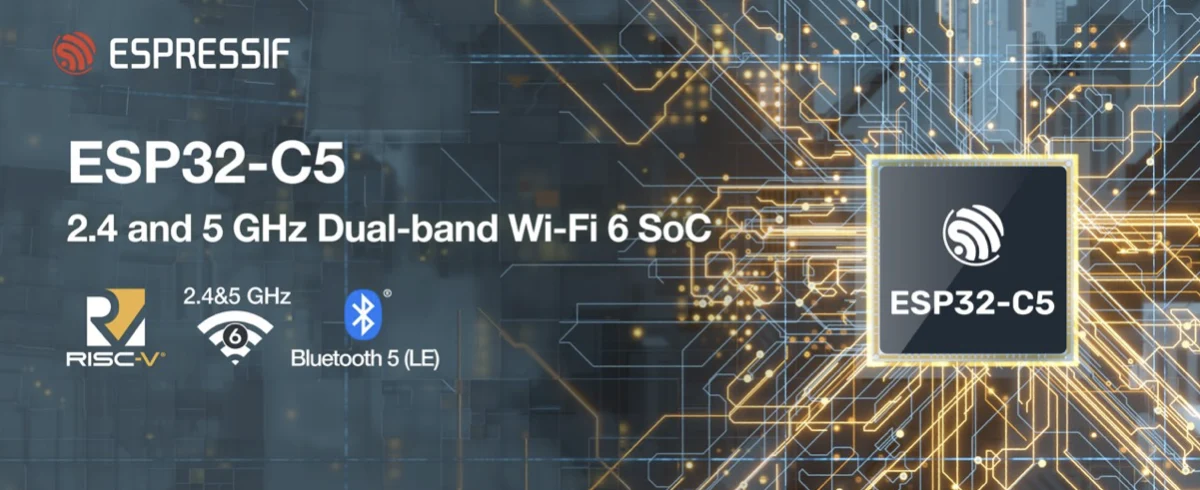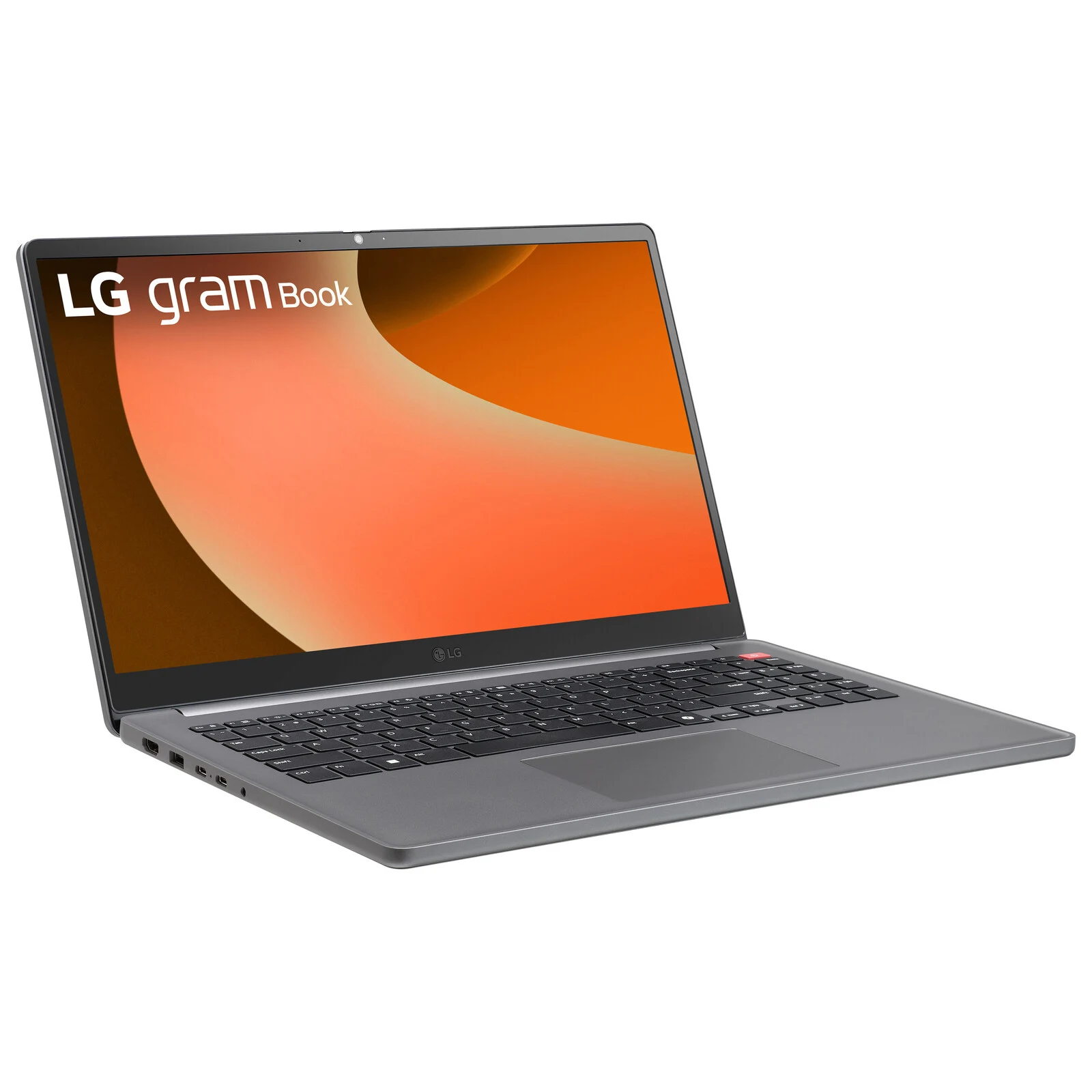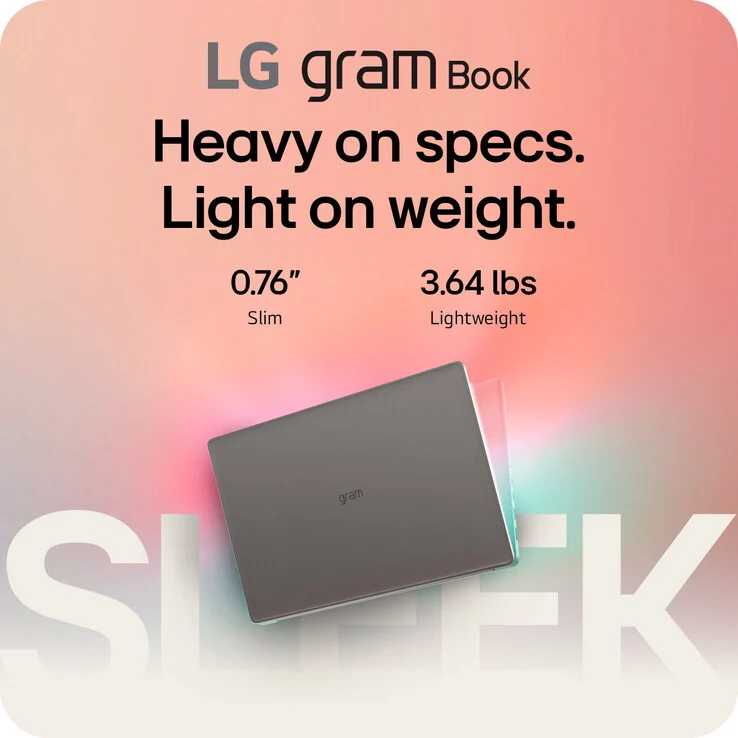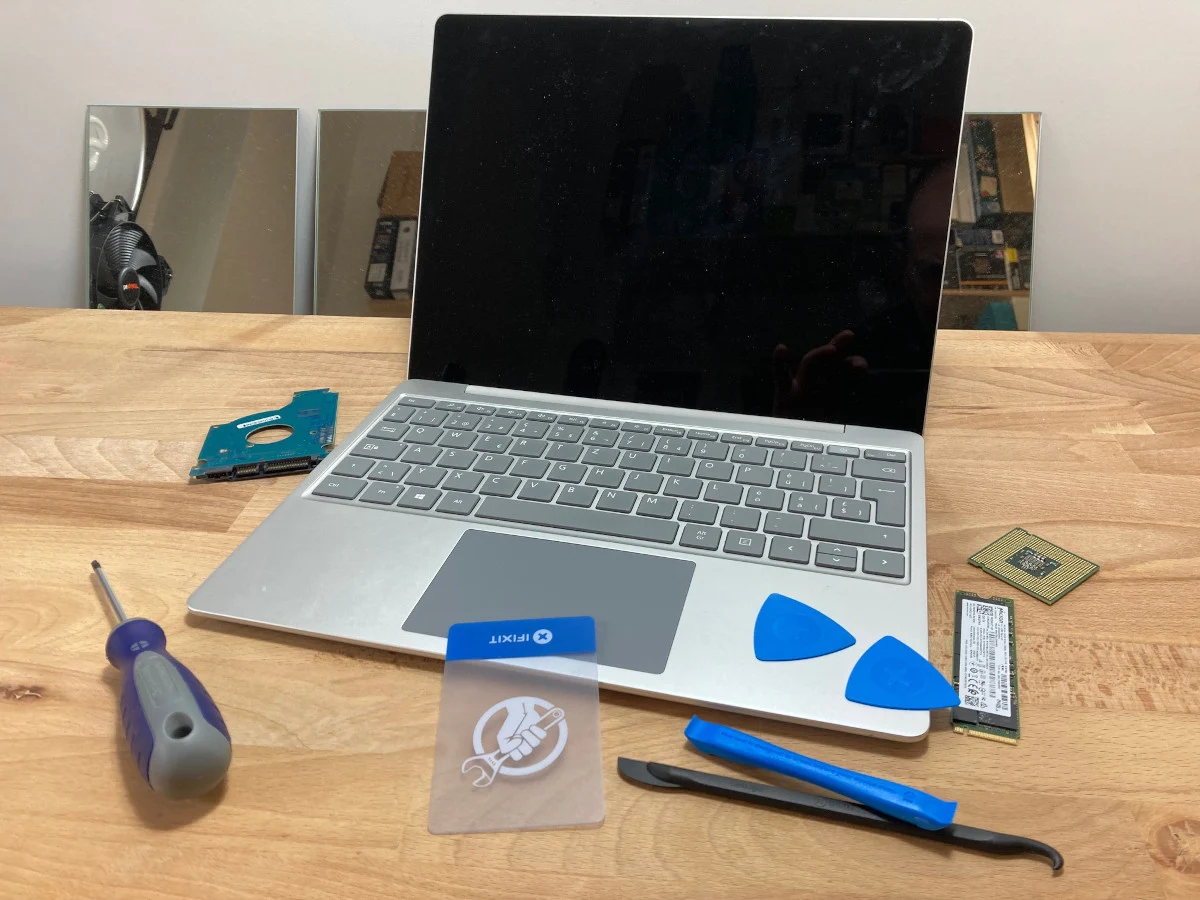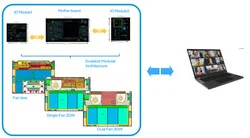Chatreey has introduced a new mini PC named the AN3P. While it may not have the latest APU, the device is powered by the AMD Ryzen 7 7735HS and its integrated AMD Radeon 680M, which together deliver sufficient processing capabilities for more demanding tasks. The AN3P comes in different setups: as a barebone unit, or with options of either 16 or 32 GB of RAM and a choice between a 512 GB or 1 TB SSD. Users can install two DDR5 memory modules and two M.2 2280 SSDs.
Compact Design and Connectivity
Measuring 132 x 132 millimeters and standing 55 millimeters tall, this mini PC features a variety of modern ports. However, it lacks a somewhat common connection, OCuLink, which is needed for certain external graphics cards. At the front, it has two USB 3.0 ports, a USB-C port, an audio jack, and a power button. The back is equipped with four additional USB 3.0 ports, enabling the connection of three monitors at 4K resolution with 60 frames per second using USB-C, HDMI 2.1, and DisplayPort 2.0.
Networking and Unique Features
Having one or more Ethernet ports that can achieve up to 2.5 GBit/s is pretty standard these days. Plus, it also supports WiFi 6 and Bluetooth 5.2. An interesting feature is the transparent acrylic panel on the top, which can serve as a photo frame for 11.6 x 10.33 photos, transforming the mini PC into a decorative piece.
You can buy the mini PC directly from Chatreey, starting at a price of $244 for the barebone version.
Source:
Link
